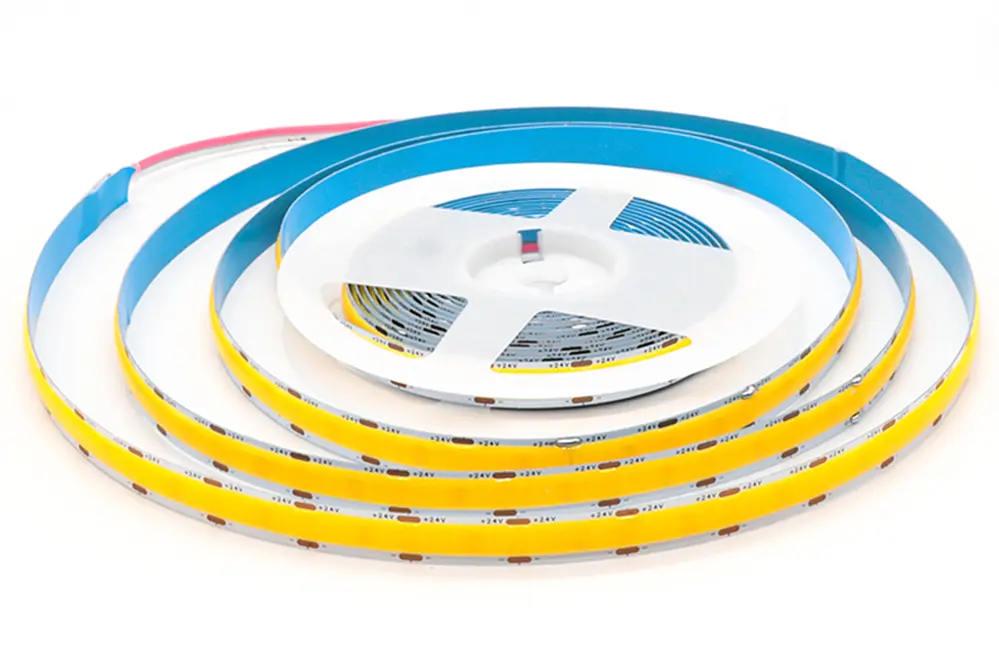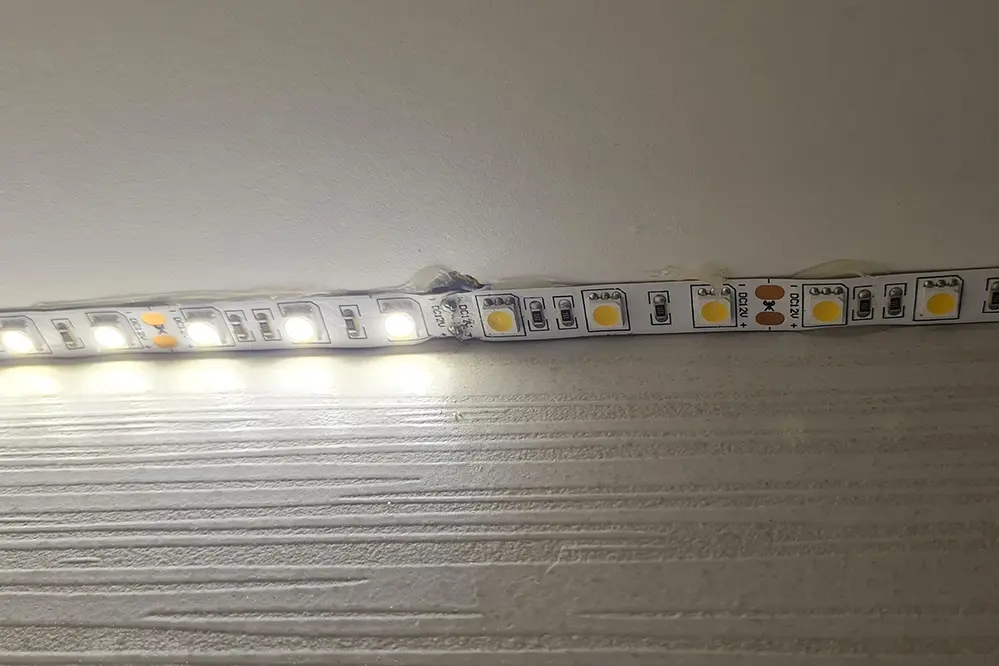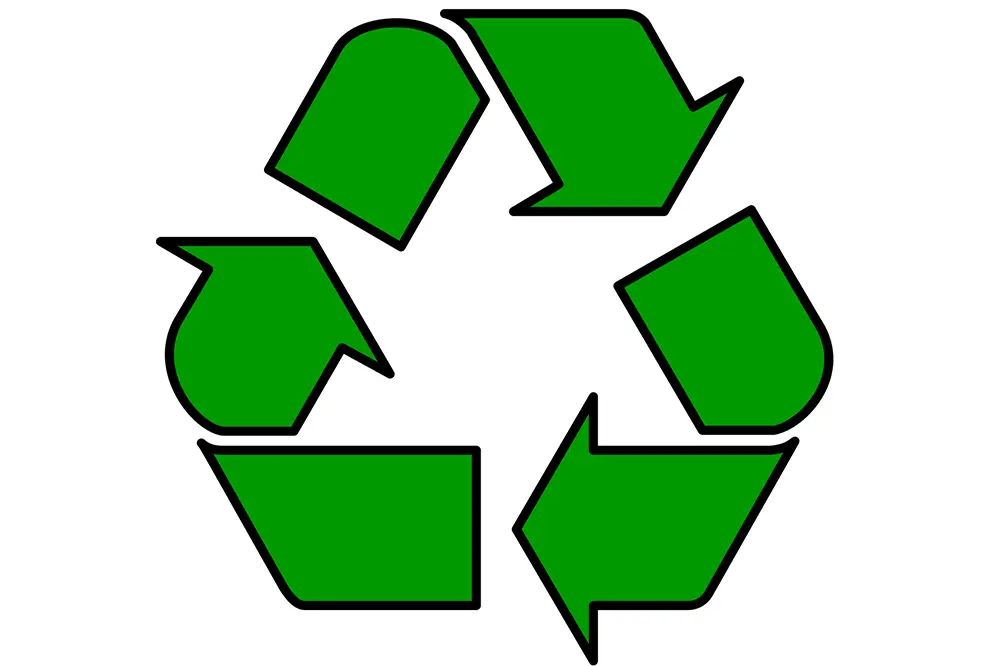Have you ever wondered what happens to your old or damaged LED strips once they’ve outlived their usefulness? Recycling and disposing of old or damaged LED strips is a topic that often goes overlooked, yet it holds significant environmental implications. Many people are unaware of the proper methods for disposing of these items, leading to common misconceptions and challenges.
One of the biggest misconceptions is that LED strips can simply be thrown away with regular household trash. However, this practice can be harmful to the environment due to the toxic materials contained within the strips. Proper disposal not only prevents environmental damage but also allows for the recovery of valuable materials like copper and rare earth elements.
In this article, we will explore the importance of recycling and disposing of LED strips correctly, the environmental benefits of doing so, and the potential hazards of improper disposal. We will also provide a step-by-step guide on how to safely handle these items. By the end of this post, you’ll be equipped with the knowledge to make eco-friendly choices.
So, if you’re ready to learn how to manage your old or damaged LED strips responsibly, keep reading. Together, we can make a positive impact on our planet.
Understanding the Environmental Impact of LED Strips

The advent of LED strip lighting brought about remarkable advancements in energy efficiency and aesthetic appeal.
However, in 2016, environmental researchers highlighted that improper disposal of damaged LED strips could introduce harmful elements into the ecosystem, causing notable ecological damage.
These strips often contain materials such as metals and rare earth elements that, if not handled properly, can lead to soil and water contamination, adversely affecting wildlife and human health.
Moreover, while LEDs are more energy-efficient during their operational lifespan, the intricate nature of the recycling process means they require specialized facilities to mitigate environmental harm and extract reusable components effectively.
Our responsibility lies in understanding these impacts and adopting comprehensive recycling and disposal practices to protect our planet.
Identifying Damaged LED Strips

The first step in the responsible recycling and disposing of old or damaged LED strips is to identify whether they are indeed damaged. This process entails checking for any visible signs of wear and tear, such as broken segments, discoloration, or flickering lights.
Examine the surface for burnt-out areas indicating failed LED chips.
Additionally, inspect the wiring for frayed or disconnected segments which often signal electrical issues. Such problems can be due to a variety of issues ranging from poor initial installation to mechanical stress or even age.
Take note of any irregular behavior of the strips, such as inconsistent lighting patterns or unusual heat generation. These are tell-tale signs that the LED strips have reached the end of their useful life and require proper disposal. Identifying these issues early not only ensures safe disposal but also supports environmental sustainability by preventing hazardous waste from entering the ecosystem.
Safety Precautions for Handling Damaged LED Strips
Before initiating any attempts to recycle or dispose of damaged LED strips, ensure you don personal protective equipment (PPE), including safety gloves and goggles. This is crucial because damaged LED strips may have exposed wiring or broken glass that poses a risk of cuts or electric shocks.
Properly unplug or disconnect the power source to the LED strips to eliminate any potential electrical hazards.
Use insulated tools when handling the damaged strips, ensuring that you are protected from any residual electrical currents.
Minimize contact with the hazardous substances contained within the LED strips by securely packaging the damaged units. This helps to prevent the release of harmful substances like lead or other heavy metals.
Make sure you work in a well-ventilated area to avoid inhaling any toxic fumes that might be emitted during the handling process. Ventilation also helps in dissipating any accumulated heat from the strips.
Finally, keep all children and pets away from the disposal area. Following these safety precautions when handling damaged LED strips not only ensures your personal safety but also upholds a high standard of environmental care.
Local Regulations for LED Disposal
Different regions have specific rules regarding the disposal of old or damaged LED strips.
For instance, in many jurisdictions, LEDs are classified as hazardous waste, necessitating specialized disposal methods. Local government websites often provide detailed guidelines and resources, listing authorized recycling centers where residents can safely dispose of these items.
Additionally, many areas have designated e-waste collection events. By participating in these initiatives, you not only comply with local regulations but also support community efforts in reducing environmental pollution.
Businesses, too, should adhere to regional regulations governing the disposal of LED strips. Ensuring compliance not only demonstrates corporate responsibility but also avoids potential fines. Knowing and following local guidelines is a critical step toward sustainable practice and environmental stewardship.
How to Recycle LED Strips Properly

Recycling LED strips properly is pivotal, as it prevents toxic substances, such as lead and mercury, from harming the environment. Firstly, check with your local waste management services to identify designated recycling centers that accept LED strips. Additionally, retailers specializing in electronics often have take-back programs, providing a convenient and eco-friendly recycling option. By ensuring that your old or damaged LED strips are recycled properly, you contribute significantly to a sustainable future and help mitigate the adverse effects of electronic waste.
Finding Local Recycling Centers
Locating local recycling centers is a crucial step in the responsible disposal of LED strips. Contact your municipality’s waste management office for an updated list of approved recycling locations.
These centers are typically equipped to handle electronic waste, ensuring that any hazardous materials are safely processed. Many recycling programs offer curbside pick-up options, making it even easier to participate.
Recycling one million laptops saves the energy equivalent to the electricity used by 3,500 US homes in a year.
Another valuable resource is online directories, which list certified electronic recycling facilities. Websites like “Earth911” or mobile apps can pinpoint nearby locations. Remember, taking this extra step ensures safe disposal and promotes environmental sustainability.
Steps for Preparing LED Strips for Recycling
First, ensure that the LED strips are turned off, and unplugged, to prevent any electrical hazards during the preparation process.
Next, gather essential tools such as pliers, screwdrivers, and wire cutters.
Carefully remove any residual adhesive backing to avoid contamination of the recycling material.
Separate metal components, such as screws and connectors, from the plastic parts, facilitating easier material sorting.
Properly label the gathered LED strips and parts to help the recycling center identify and process them efficiently.
Finally, store the separated materials in a sturdy container until you can drop them off at the recycling center.
Alternatives to Recycling: Donating LED Strips
Donating LED strips offers a remarkable opportunity to extend their life, reduce waste, and foster a culture of reuse. Charitable organizations, educational institutions, and community workshops often welcome quality donations.
These entities may utilize your LED strips for various creative projects or practical applications.
Schools, especially those with technology and engineering programs, can benefit. They frequently need materials for student projects, enabling hands-on learning experiences.
Similarly, makerspaces serve as innovation hubs where amateurs and professionals alike experiment with new creations.
By donating functional LED strips, you empower these groups to achieve their missions while avoiding landfill contributions. Thus, you play a pivotal role in energy preservation and community support.
So, the next time you upgrade your lighting, consider whether there’s a local organization that could use your old LED strips. A little generosity goes a long way toward fostering knowledge and sustainability.
Disposing of LED Strips Safely if Recycling Isn’t an Option
When recycling isn’t feasible, it’s critical to handle LED strips responsibly, given their electronic components and potential environmental impact. Begin by ensuring they’re securely packaged to prevent any breakage. Then, dispose of them in accordance with hazardous waste guidelines provided by your local waste management services. This ensures they are processed in a manner that minimizes environmental harm and promotes safety.
Using Electronic Waste Collection Services
Leveraging electronic waste collection services is an excellent way to handle damaged LED strips responsibly.
- Check Local Guidelines: Investigate your municipality’s e-waste collection programs.
- Locate Drop-off Points: Identify nearby e-waste collection centers.
- Schedule Pick-ups: Some services may offer home pick-up options.
- Prepare Your Waste: Ensure your LED strips are safely packaged.
- Documentation: Keep any receipts or documentation for reference.
These services ensure proper recycling and disposal, adhering to environmental regulations.
Utilizing professional e-waste services mitigates the environmental impact of damaged LED strips effectively.
Proper Disposal Methods for LED Strips
Localized electronic recycling programs excel for efficient solutions.
Municipal recycling centers provide accessible services for LED strips. These facilities are adept at managing the unique disposal requirements of electronic waste, ensuring that hazardous materials are safely and responsibly handled. Therefore, researching to find an e-waste recycling center near you can be highly beneficial.
Professional recyclers also offer services.
Some companies specialize in the recycling of electronic components – including LED strips – and provide extensive guidelines on how to properly prepare your items for collection.
Your choices in recycling will directly contribute to the sustainable management of electronic waste, safeguarding our environment for future generations. Employing knowledgeable services ensures that precious resources can be reclaimed and reused, fostering a cycle of sustainability.
Benefits of Recycling and Proper Disposal
Recycling and disposing of old or damaged LED strips responsibly can significantly reduce environmental impact, leading to healthier ecosystems.
Protecting the planet should become a priority for everyone.
Recognizing the benefits of recycling motivates individuals and businesses to partake in a system of sustainable waste management, which not only diminishes the widespread issue of e-waste but also protects the health of communities.
By ensuring recycled materials are reused, we conserve essential resources and alleviate the strain on raw material processing. This practice promotes innovation and fosters the development of greener technologies, boosting our collective endeavor to support a sustainable future.
Encouraging Responsible LED Strip Disposal in Your Community
How can we inspire our communities to embrace the importance of recycling and disposing of old or damaged LED strips?
Recent years, numerous municipalities, in collaboration with local businesses, have implemented recycling programs to address electronic waste. These initiatives provide accessible ways for residents to discard their unusable LED strips responsibly.
It’s essential to raise awareness about these programs, highlighting their benefits and the positive impact they have on the environment. Organizing community workshops and providing educational resources can significantly foster this cause.
Promoting the success of these initiatives is a key step toward widespread adoption. By sharing stories of progress and demonstrating the tangible benefits, we embolden more individuals to participate actively in these efforts.
Empowering our community with knowledge and resources is the cornerstone of sustainable electronic waste management.
Conclusion
Recycling and disposing of old or damaged LED strips responsibly is of paramount importance. The collective effort of communities amplifies the positive environmental impact.
Individual actions in proper disposal can trigger broader societal change. Using established programs ensures safe LED strip recycling.
As we continue to educate and inspire, we can transform these practices. Every informed choice contributes significantly to a healthier planet and a sustainable future.
Thus, becoming stewards of responsible e-waste management not only safeguards our environment but also sets a precedent for future generations. By committing to these practices, we inspire an enduring legacy of conscientious and proactive community engagement.





